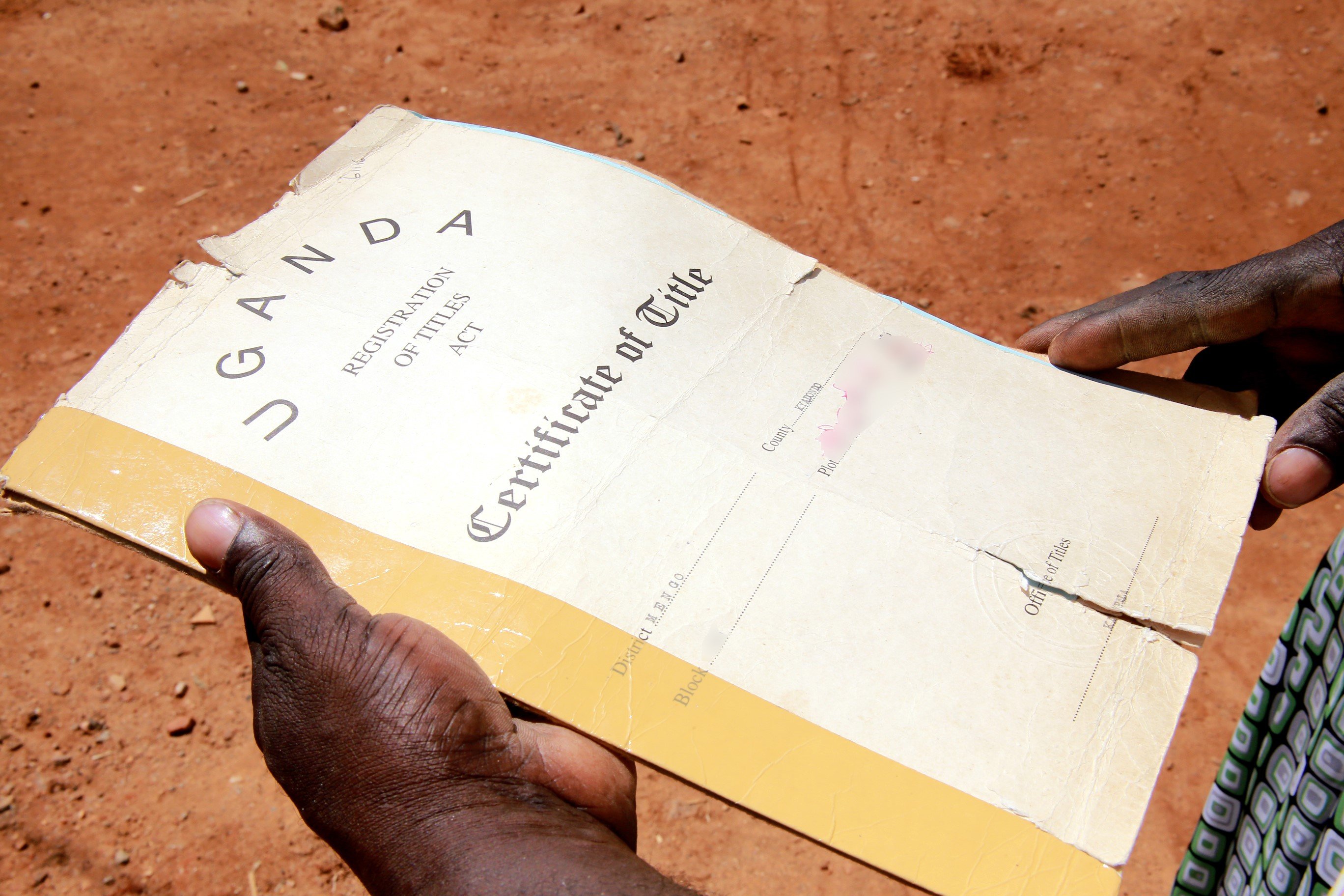Prime
Guarding land: Navigating land challenges for community prosperity

What you need to know:
- These are initiatives that our government should lead to foster the development of our communities.
Land stands as the paramount asset within any community, including our own. It’s imperative to safeguard our land to ensure our communities reap its benefits.
A neighbour close to our family land, back in 2010, disposed of a 15-acre family land in a prime location roughly 3 kilometres from the city to a well-known church missionary organisation in Gulu City.
The transaction amounted to about Shs100 million. The purpose behind selling the land was to assist the family in establishing a thriving business that could not only bolster their earnings but also cater to their financial requirements for a considerable duration.
However, the only notable acquisition I can recall is a second-hand maize grinding machine that seemed to vanish into thin air. The whereabouts of the money and how the family utilised it remain a mystery. In essence, they find themselves in a financially precarious situation. Before delving into the ethical implications of this scenario, let me present another example.
A friend of mine extended an invitation to visit a piece of land he had purchased. During our visit, we met an old man residing in the only structure on the property—a hut. I discovered that the elderly man we met was the original owner of the land my friend purchase, and all the land in the surrounding area. He had sold off sizable portions to different buyers, some in conjunction with his brothers and others with his sons.
His wife had left him due to financial mismanagement, exacerbated by heavy alcohol consumption. It was a painful situation, especially since my friend had plans to develop the land he had purchased, prompting him to await the opportune moment to request the man to vacate his property.
These situations represent just a couple among many others. When journeying northward through the road from Gulu to Kitgum or Gulu to Nimule, you will find that many residents inhabiting the modest huts within the trading area fall into two categories: either they’ve been exploited through land transactions or they themselves have sold land but now lack any property despite receiving significant sums of money for it.
Recently, considerable attention has been focused on a contentious situation involving the Balaalo pastoralist group and various communities in Acholi land. Significantly, the contested land predominantly falls under customary land tenure, traditionally managed by families, clans, or communities, with deep historical significance and typically considered non-saleable. Despite three consecutive presidential orders within a year, affirming its complexity and contentious nature, the issue persists. It is crucial as it affects community cohesion, the identity of the people involved, and holds significant cultural value.
This matter reflects a broader discussion on social cohesion, cultural heritage, and the intrinsic importance of land to indigenous groups. However, there are stakeholders, particularly within the government, who prioritise urbanisation, inclusivity, development, and investment opportunities in their responses to this issue.
Despite the diverse examples mentioned, people have suffered the loss of land, possibly for some their sole possession. These are critical issues that demand thoroughness and scrutiny in our land management practices.
We require efficient systems to oversee land and property development, ensuring that this valuable resource is utilised wisely and safeguarded. Engaging various stakeholders is crucial to devise practical solutions to address the array of land challenges we face. Transparent land governance systems, along with planners and advocates, are essential in empowering communities to govern their land effectively.
Namati, an organisation based in Kenya, has implemented highly effective strategies for safeguarding communal land. Their approach begins with actively involving various segments of the community—youth, women, men, seasonal users, and renters—in comprehending the significance of land. This initial step is crucial as it enables communities to make informed and responsible decisions regarding their land.
I believe it’s essential to raise awareness about the significance and value of land. It’s equally important to engage the community in all land-related decisions to ensure the protection of both communal and individual land rights.
It’s crucial to include women and youth in decision-making processes at both family and community levels to ensure the decisions made benefit the entire community in the long run.
These are initiatives that our government should lead to foster the development of our communities.
Amos Akena, [email protected]




